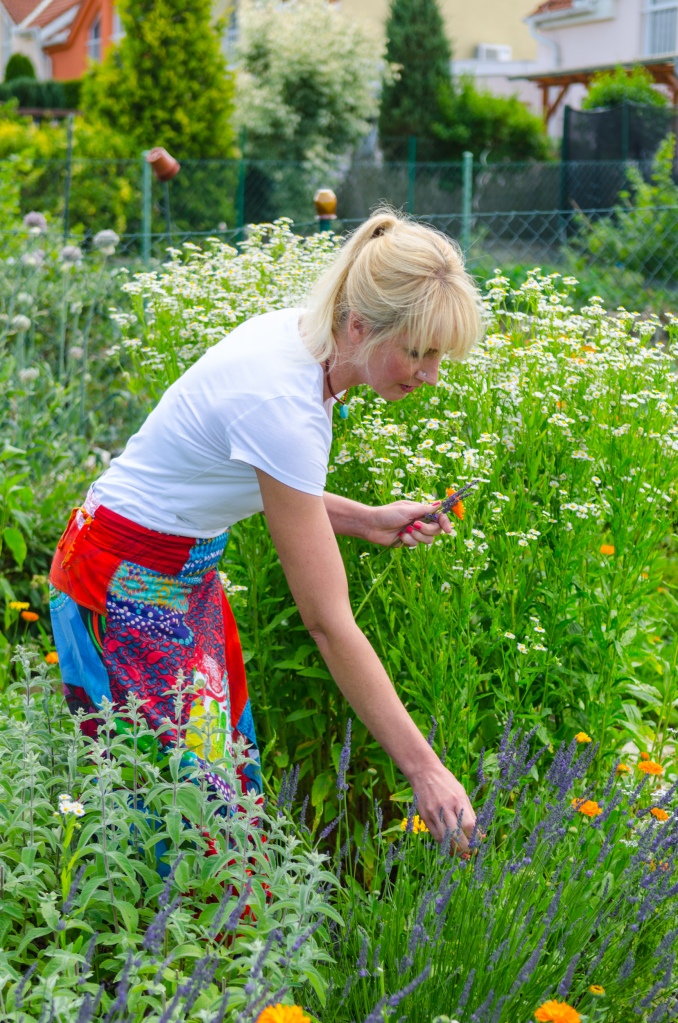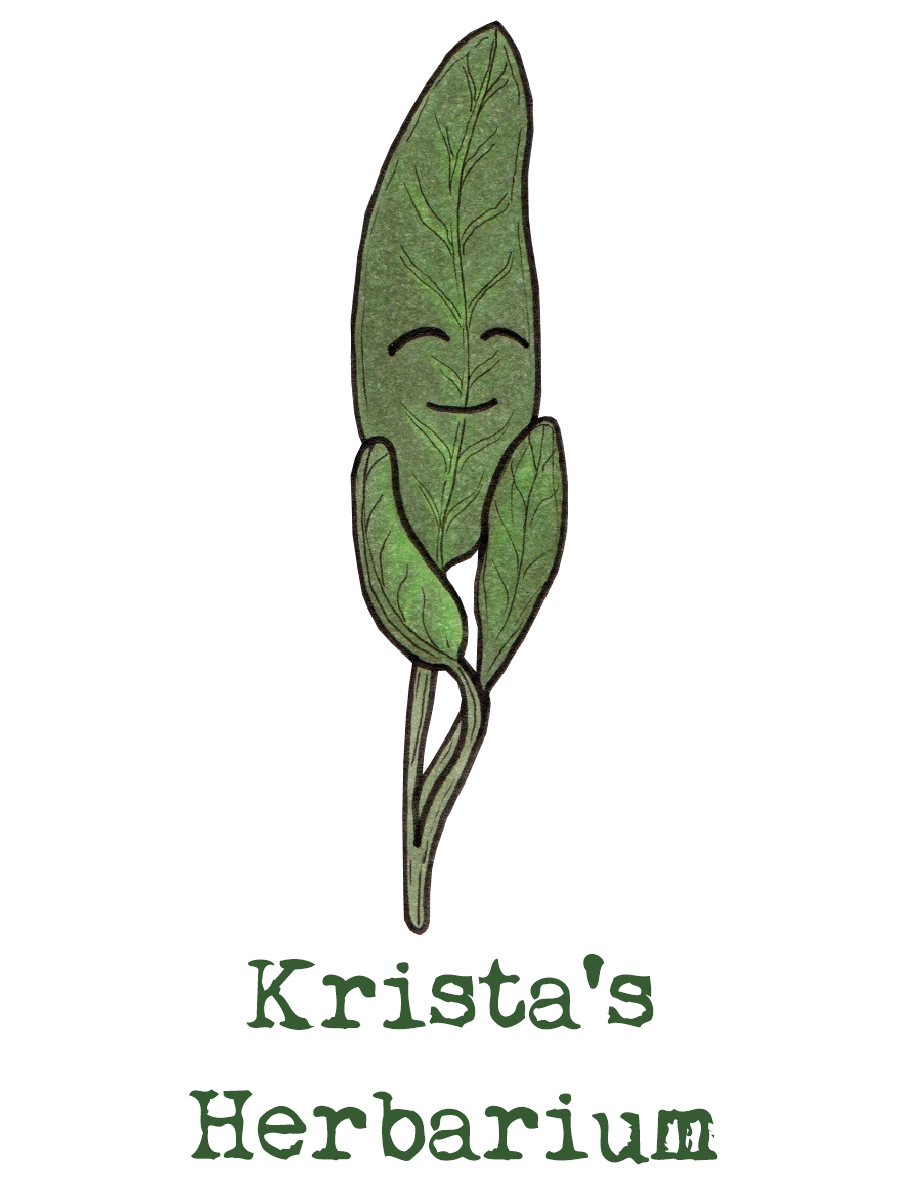Krista's Herbarium
a collection of herbal remedies, recipes, and reveries
Herbalism 101: Lesson 2

Just as the flowers grow from the earth, so the remedy grows in the hands of the physician. The remedy is nothing but a seed that must develop into that which it is destined to be.
-Paracelsus
Activity 1: Seeing
- Make three monographs, one for each of your herbs (I suggest keeping these together in a binder or notebook in alphabetical order)
- Draw a colour picture of each of your herbs to add into the monograph; include seed, flower and root if possible
- Include in the monographs the energetics of these herbs that you discussed with me
- Pick 5 of the most common medicinal actions from their monographs to familiarise yourself with
- Add to this list: analgesic, vulnerary, antiseptic, nervine, carminative, aromatic
Activity 2: Touching, Smelling, Tasting, Hearing
- Getting to know plantsin the Lamiaceae family
- Pick Lemon Balm, Lavender, Mint and Basil
- Note the shape of their stems, the shape of their leaves. Note the similarities and differences.
- Rub their leaves between your fingers and inhale deeply. Note the aromatic similarities and differences. (Have coffee or coffee beans nearby to inhale inbetween to cleanse your olfactory system)
- Taste each one and note their similarities and differences. (You can use lemon or ginger to cleanse your palate)
- Note: How each makes you feel when you inhale their aromas and their energetics as you taste them.
Activity 3: Practice-Making an Herbal Tea Blend
- Gather herbs for the Calming Tea recipe
- Make the tea and taste: note the flavour, the energetics (See Lesson 1)
- Adjust the tea recipe according to your taste. Let me know the adjustments you make.
- Look at the medicinal actions of the herbs within the tea. Note especially the nervine and carminative actions. Do you feel these actions as you drink the tea?
Poisonous Plants: Deadly Nightshade
- Read this article on Deadly Nightshade
- List all the plants in the Solanaceae family that you eat regularly
- Read the effects of Belladonna (Deadly Nightshade)

